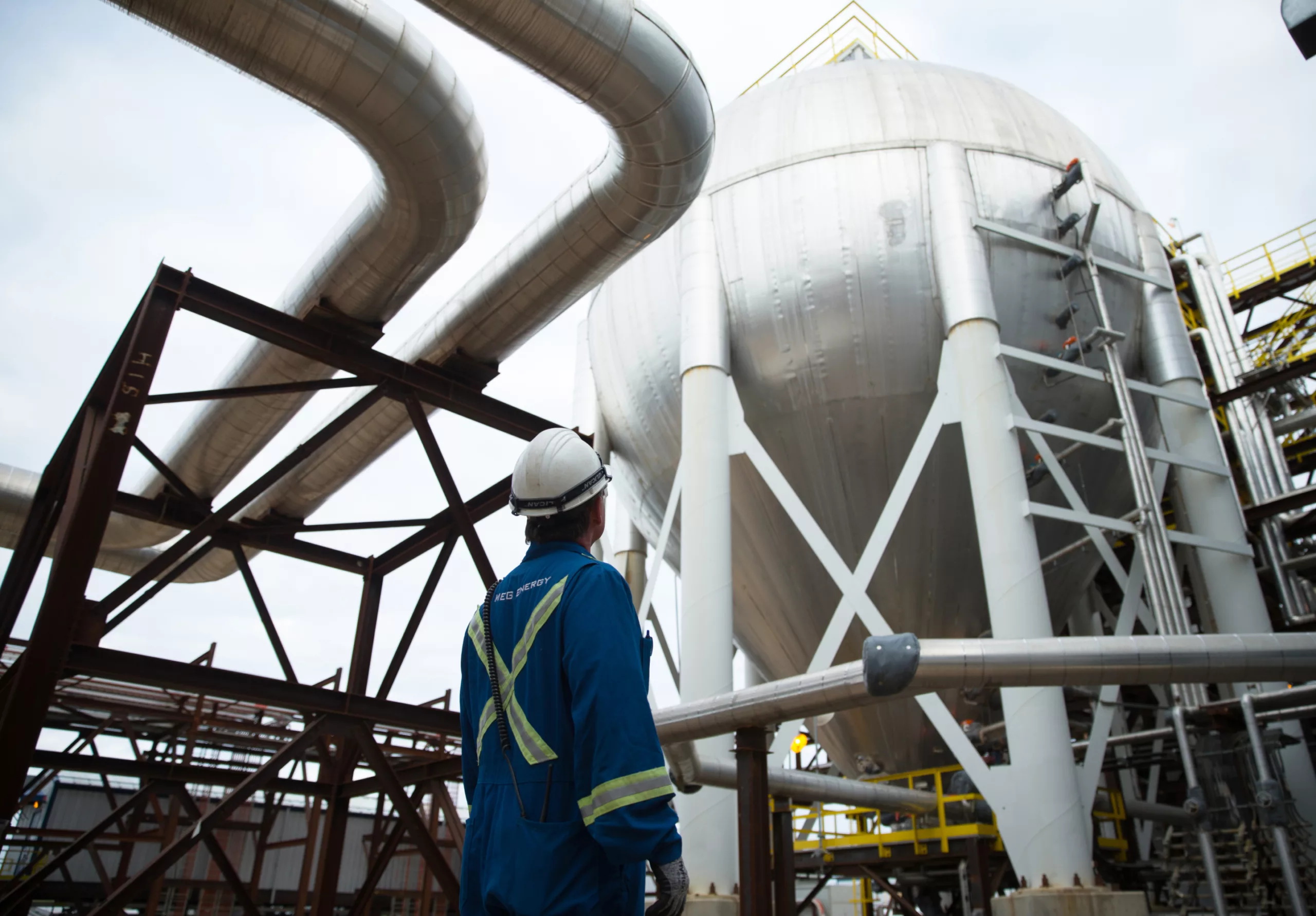
News & resources
From announcements to educational resources and stories that highlight our people.
News
Press releases and updates from the Pathways Alliance team.
Stories
Get to know the passionate, dedicated people and the work they do.
Canada’s Competition Act
Recent changes to the Competition Act have created significant uncertainty for Canadian companies that want to communicate publicly about the work they are doing to improve their environmental performance.

Careers
We’re building a team to help create a brighter future for Canada. Are you passionate about innovation? Looking for a role where you can make a real contribution? Pathways Alliance may be the place for you.